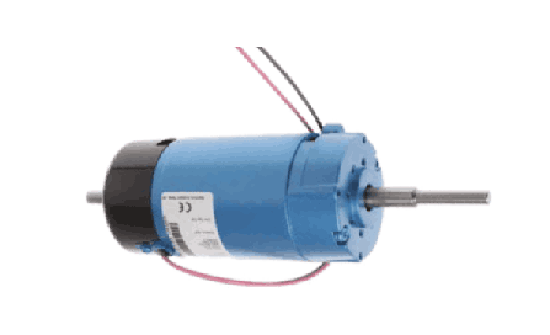Most projects to practice control theory done during my school time (1999-2005) ended-up with simple PID algorithm tuned with successive trials.
Developpements on embedded systems requires so much time than the remaining time for modeling, identification and simulation was almost null.
Looking at a better possibility, the first attempt to target dsPIC 16f with the Simulink code generator failed due to compiler incompatibility.
In 2005 however, the dsPIC 33f compiler and the generated code gets compatible thus I continued testing which ended up with a blockset targetting dsPIC 33f.
$$
\text{One push button}
\left\{ \begin{array}{l}
\text{- C code generation,} \\
\text{- Compilation,} \\
\text{- Upload & run on the target.} \\
\end{array} \right.
$$
This model based design method helped a lot to completed a PhD thesis on bio-robotics from 2006 to 2009.
It reduces the time from the simulation or dSPACE test bench platform to our autonomous robot.
The same rapid prototyping scheme helped in developping various data fusion algorithm for sports applications at MOVEA in 2010-2011.
I am now developping the MPLAB blockset at Microchip to target dsPIC and PIC32 microcontrollers.
For company, scientists, and students, model-based design enable focusing on ideas rather than getting lost in the embedded programming requirements.
Shortening the loop-(back) $\lbrace Simulation \Leftrightarrow Hardware \rbrace$ allows improving algorithms, getting better results, product, and possibly reduce the time to market.
The present website shares some experience with simulink as Rapid Prototyping tools through custom projects.
All are based on the Microchip blockset targetting dsPIC. It uses matlab/simulink with embedded coder toolboxes and its dependancies.
None of the examples presented are a reference design endorsed by Microchip.
Interests
- Control Theory
- Embedded system
- Bodysurf
Education
Ph.D Automatic, Signal Processing & Aerial Robotics, 2009
National Center for Scientific Research (CNRS) / University Montpellier II
Master of Research - Signal Processing and Digital Communication, 2004
University of Nice Sophia-Antipolis
Engineer - System on Chip, 2004
ESIEE Paris

